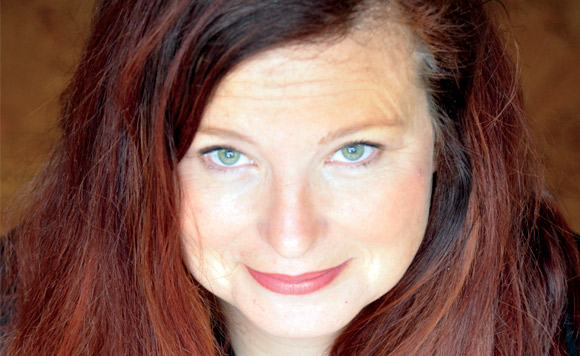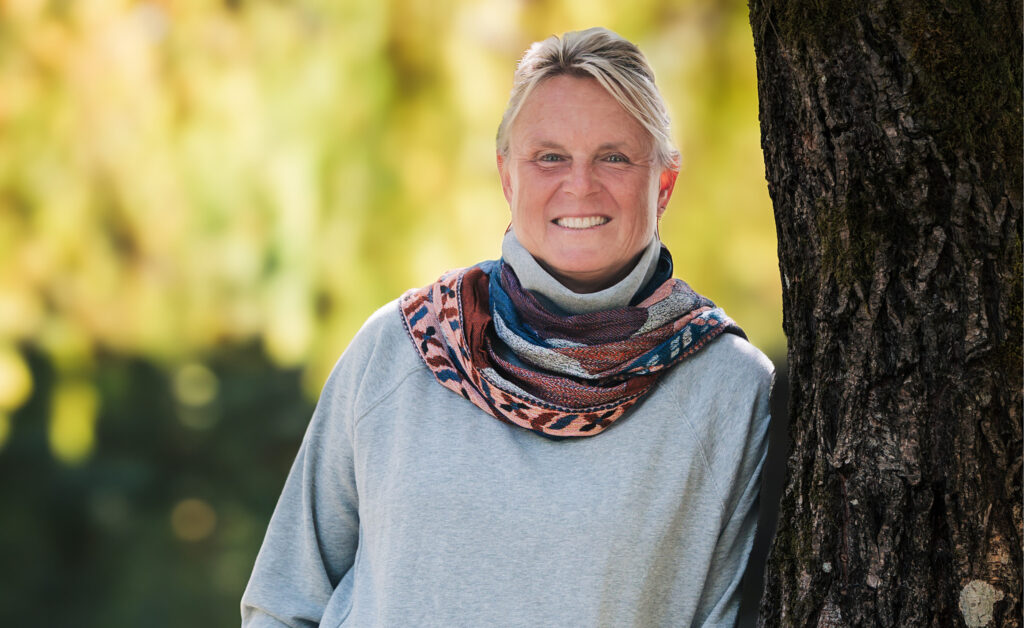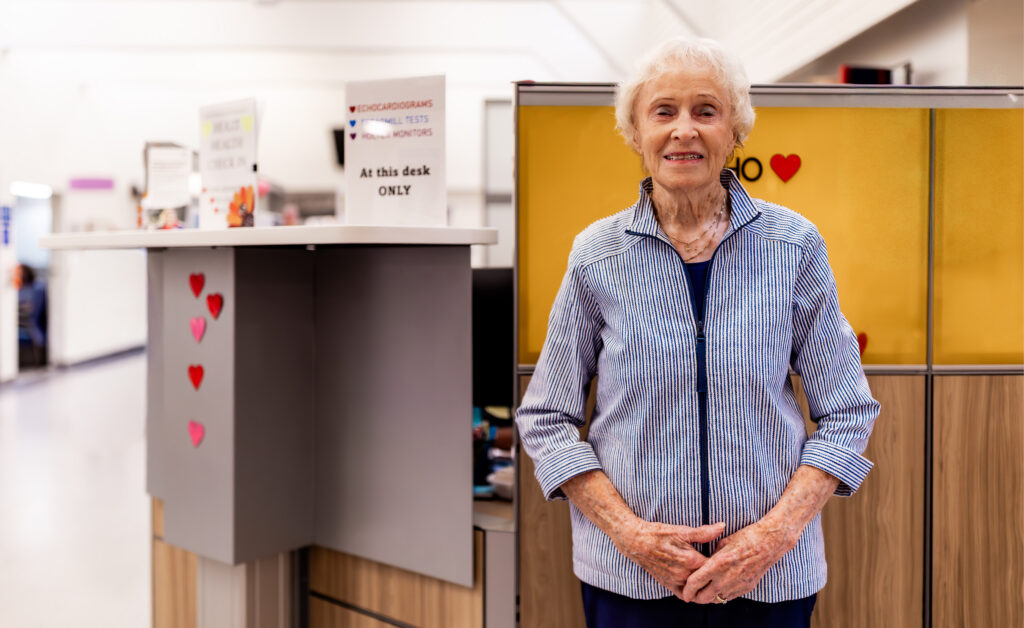by Tara Logan, Lotus Village Yoga –
Fall brings the return to school and the end of holidays and we may notice our minds are not quite ready to follow us on our quest to invite change. Our minds naturally resist change; nervousness begins about starting something new, worry stirs and pretty soon we may have sleepless nights and even notice a state of anxiety. Although these are states we all experience in life, we don’t want this imbalance to impact our health or our connection to ourselves. Learning a Mindfulness practice from a certified and experienced teacher can help make the adjustment to change just a part of the flow of life – building resilience could equal more time for joy.
What is Mindfulness? Mindfulness is paying attention without judgement to what is our direct experience in the moment. A mindfulness practice is a brain exercise: training the brain to make it resilient in times of change. Change could include a shift in your career, loss of a loved one, divorce or a new move; with mindfulness we have a stress management practice that we can tap into for life.
Science and ongoing studies with school-aged children and teens are showing us the results, astounding even leading researchers in this dedicated field. Results show: better attention and concentration, increased optimism, reduction in aggression, better interpersonal skills, improved ability to manage stress – therefore better health and less cost to us as a community.
Over time and as the practice becomes effortless, the benefits of a mindfulness practice rise: less impulsivity/reaction to challenging situations. With the solid foundation of a mindfulness practice we cultivate the ability to stand back from our emotions and notice them instead of acting on them. We grow skills in listening to what we really need in the moment. This is at the heart of human relationship – mindfulness can help us to make deeper connections with others and maintain those vital connections. So how to begin?
Mindful Beginnings:
Breath. Close the eyes and take a slow breath in. Just notice the place in the body where you feel the breath, exhale and notice the sound of the breath, or perhaps the temperature of the breath – these can each be their own daily practice; the breath becomes a great anchor.
Mindful Sensing. This can take very little time – notice what you taste, smell or hear wherever you are to again anchor you back to your direct, present moment experience. This is the beginning of transformation and when practiced regularly, the brain can change itself.
Both can be done in a seated or standing position but from a place of stillness, allowing the body to let go of always “doing” and invite more “being.”
Mindfulness is a practice of relationship with your heart, when you can listen from a deep place within you, insight and clarity are the result. Kindness, friendship, compassion and empathy are also natural by-products of a daily mindfulness practice – better health equals happier people. Carl Jung once said that as children we have unconscious perfection. As adults we become conscious of our imperfection. Finally with wisdom we achieve a state of conscious perfection. A regular mindfulness practice connects us to our internal wisdom confirming what we already know – we are perfect just as we are and we thrive. A foundation in mindfulness strengthens our capacity to adjust to change.




